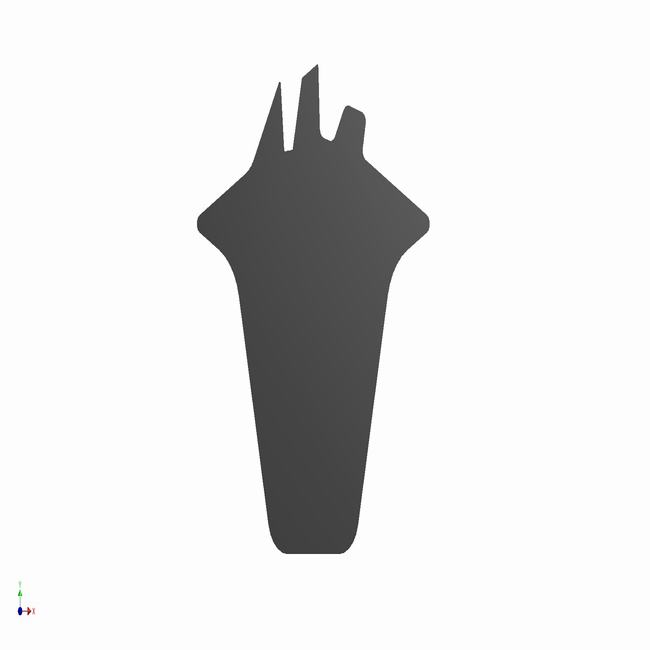Concrete pipe seals, also known as concrete pipe gaskets or concrete pipe joint seals, are critical components used in concrete pipe systems to create watertight and secure connections between pipe sections. These seals are essential for preventing leaks, infiltration, and exfiltration in various applications, including sewer systems, stormwater drainage, and culverts. Here is more information about concrete pipe seals:
1. Material Composition:
Concrete pipe seals are typically made from elastomeric materials, primarily rubber or synthetic rubber compounds. The choice of elastomer depends on factors such as the type of fluid being conveyed, environmental conditions, and the desired sealing properties.
2. Types of Concrete Pipe Seals:
There are several types of concrete pipe seals, each designed for specific joint configurations and performance requirements:
- O-Ring Seals: O-ring seals are round elastomeric gaskets with a circular cross-section. They are installed in a groove around the spigot (male) end of the concrete pipe and provide a compression seal when the pipes are joined.
- Profile Gaskets: Profile gaskets have a specific shape or profile that matches the joint configuration of the concrete pipes. They are designed to fit snugly into the joint, providing a secure seal.
- Lubricated Seals: Lubricated seals are pre-lubricated with a special grease or lubricant to facilitate assembly and improve sealing performance during installation.
3. Applications:
Concrete pipe seals are used in various applications, including:
- Sewer Systems: In underground sewer systems, concrete pipe seals prevent the infiltration of groundwater and the exfiltration of wastewater, helping to maintain the integrity of the system.
- Stormwater Drainage: Concrete pipes used for stormwater management require effective seals to prevent rainwater from leaking out and causing erosion or flooding.
- Culverts: Concrete culverts that convey water under roads, railways, or embankments rely on seals to maintain their structural integrity and prevent water from undermining the structure.
- Utility Tunnels: In utility tunnels and conduits, concrete pipe seals ensure the protection of cables, pipes, and other utilities from water intrusion.
4. Seal Installation:
The installation of concrete pipe seals typically involves the following steps:
- Preparation: Ensure that the joint surfaces are clean and free from debris or irregularities that could affect the seal’s effectiveness.
- Lubrication (if applicable): Apply lubricant to the seal to facilitate the insertion of the spigot end into the bell end of the concrete pipe.
- Assembly: Join the concrete pipes by inserting the spigot end into the bell end, compressing the seal to create a secure and watertight connection.
5. Standards and Compliance:
Concrete pipe seals should meet industry standards and specifications to ensure their quality and performance. Manufacturers often provide certification or compliance documentation to verify that their seals adhere to these standards.
In summary, concrete pipe seals are essential components in concrete pipe systems, ensuring leak-proof and secure connections. Properly installed and maintained seals play a crucial role in the functionality and longevity of sewer systems, stormwater drainage, culverts, and other infrastructure systems. The choice of seal type and material should align with the specific requirements of the application.









